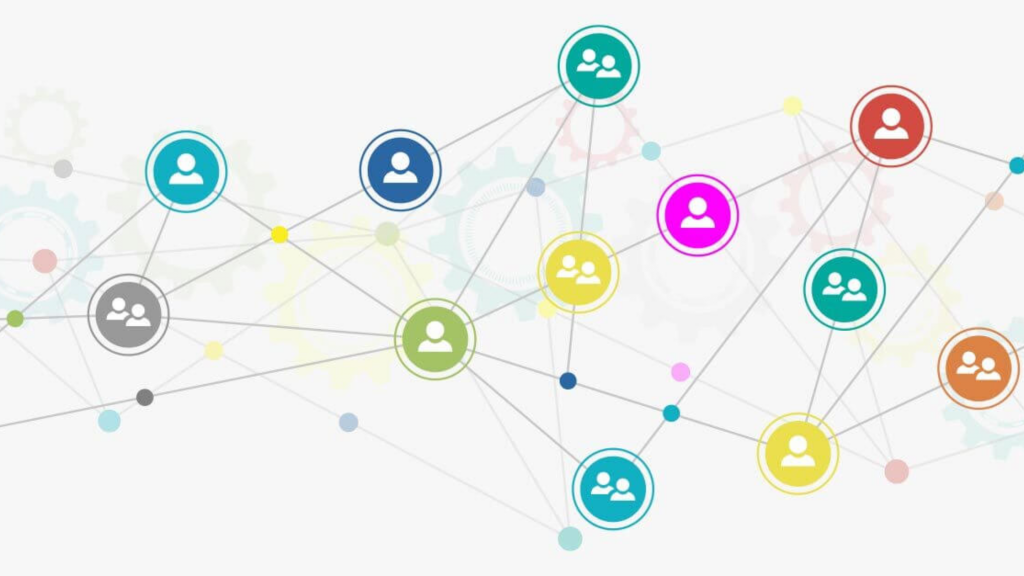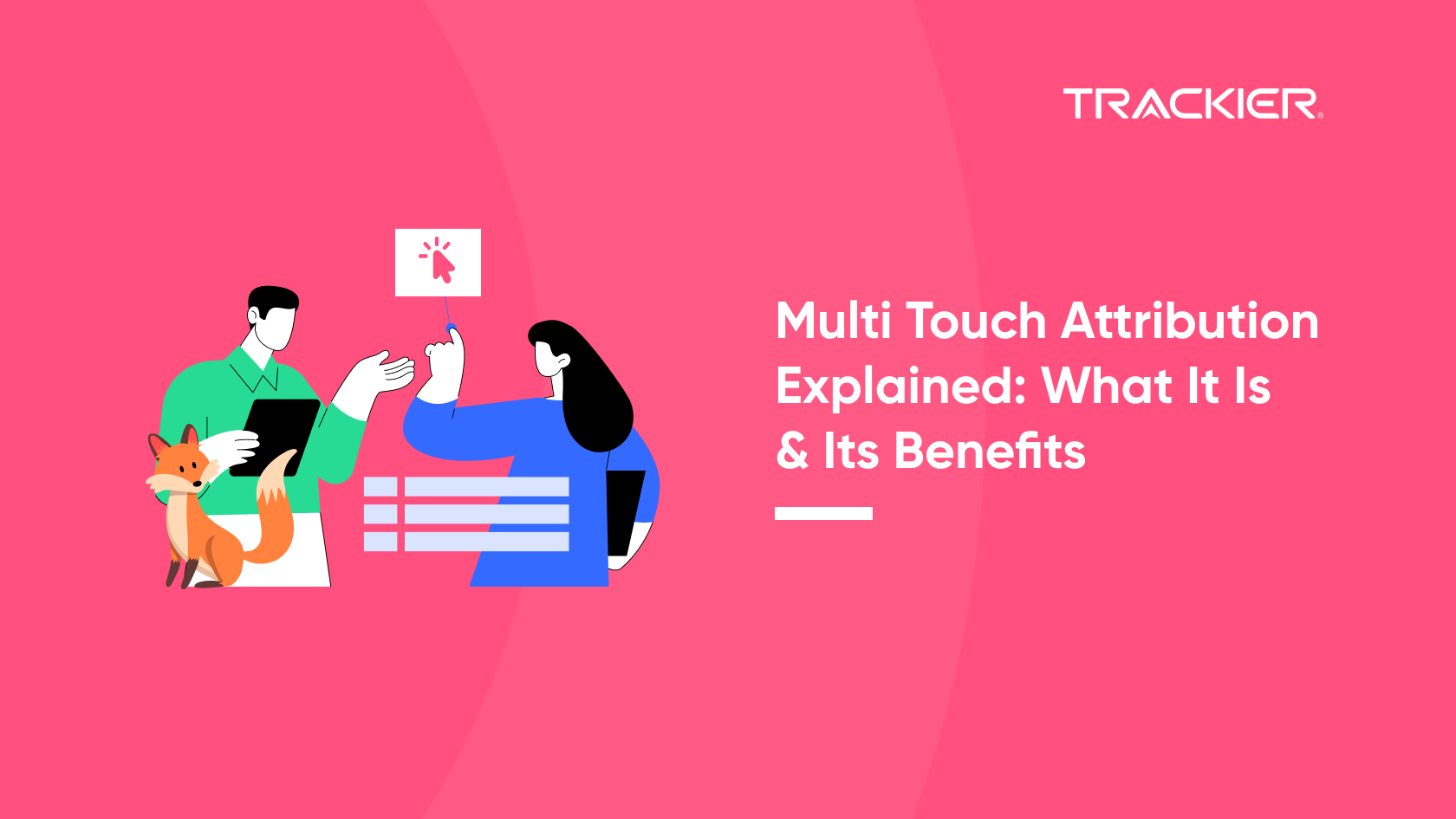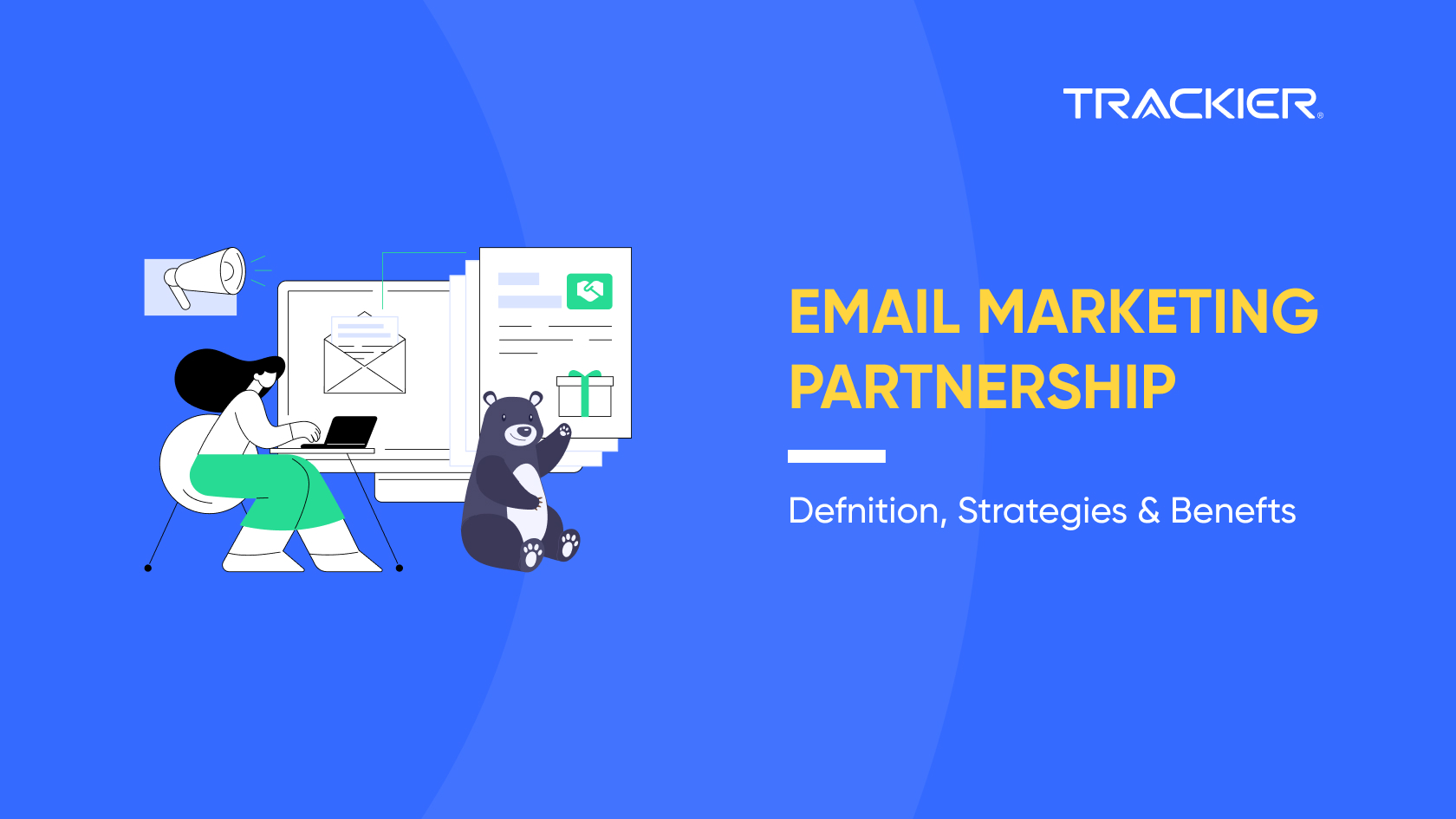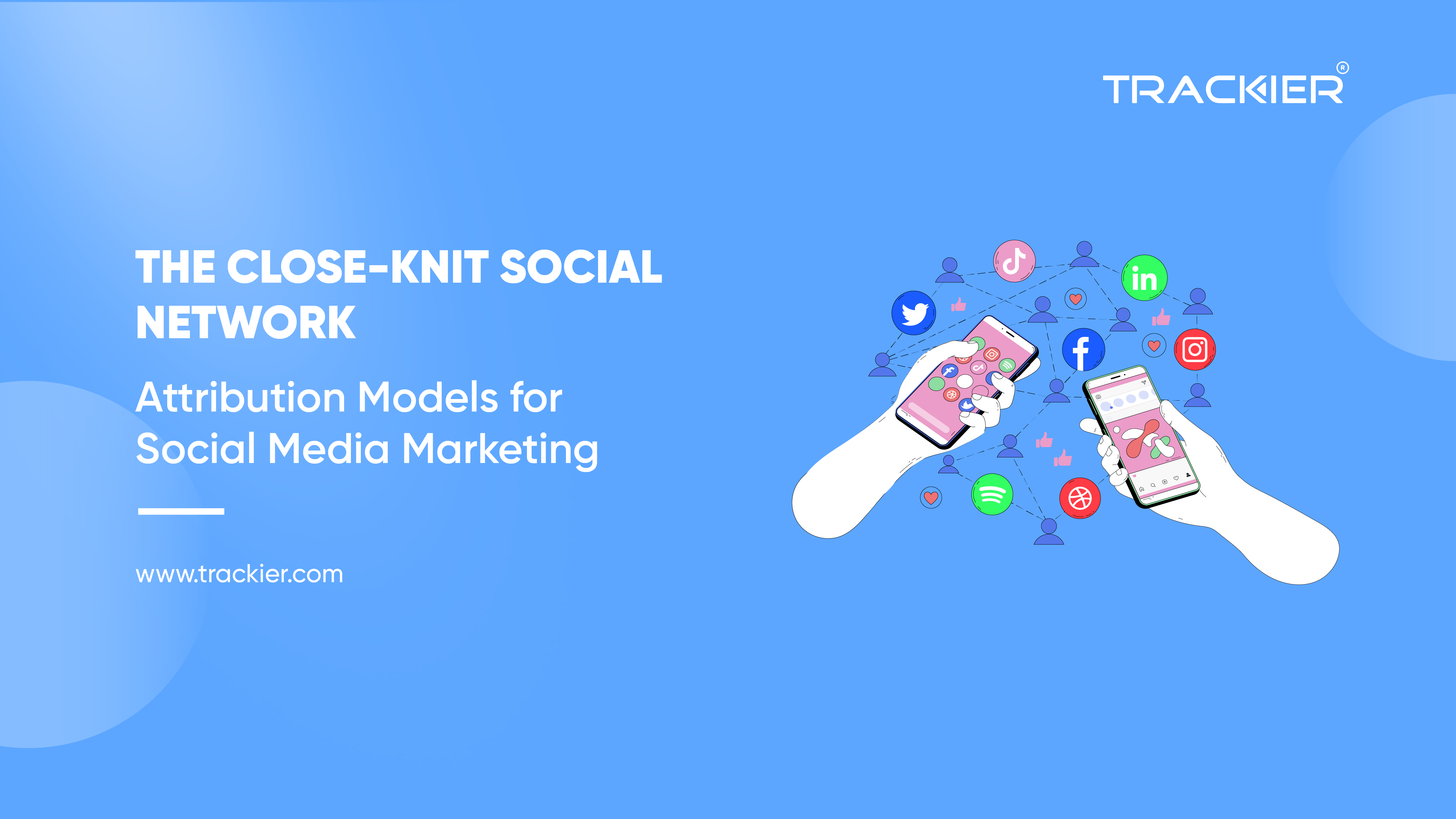
The buyer’s journey today involves interactions across multiple touch points and platforms. A sale conversion that occurs due to a single encounter is rare.
Instead, conversions and sales are frequently the results of a combination of interactions from multiple sources, including blog pieces, social media posts, webinars, in-person events, talks with reps, website content, email marketing campaigns, and more.
All of these touch points contribute to your consumers’ conversion. The marketers may employ various attributions different marketing touch points and channels across the buyer’s journey. Hence, it eventually takes a step further with Multi Touch Attribution.
Take the assistance of our Performance Marketing Software to make your campaign tracking easy. Book Your Free Demo Today.
What Is Multi Touch Attribution?

Multi-touch attribution is a marketing effectiveness evaluation technique that considers all touch points along the customer journey and allocates fractional credit to every involved. Multi-Touch attribution helps marketers evaluate how big of an impact each channel has on a sale.
Multi touch attribution is a more advanced alternative to standard, rules-based attribution methods like first- and last-touch attribution, which reward the first or last marketing touch points only before the consumer converts through a purchase, download, or other defined parameters.
Whereas, Multi Touch attribution provides credit to every element of the touchpoint in the customer experience, across marketing, advertising channels & techniques, based on their influence on driving conversion events, using an algorithm.
Different Types Of Multi Touch Attribution
Linear Attribution Model:
The credit for a conversion is distributed evenly across all interactions along the conversion path in a linear attribution model. Linear attribution is simple. Each asset is assigned the same weight.
As a result, employing multi-touch attribution to optimize the entire customer journey can be considered as a fruitful method to start examining your marketing and advertising efforts (not just one single activity).
Time Decay Attribution Model:
This model is entirely based on a seven-day half-life model. A time decay attribution model gives extra credit to any interactions that occurred closer to the time of the conversion.
For example, an ad engagement eight days before conversion receives half the credit as an interaction one day before the conversion.
U Shaped Attribution Model:
Position-based attribution uses a reliable 40-40-20 rule to credit interaction towards a conversion. This 40-40% of the credit would be given to both first and last interactions, whereas the remaining 20% of the credit will be given to the rest of the channels associated with the conversion.
Algorithm-Based Attribution Model:
Data-driven attribution assigns credit for a conversion based on previous data for that conversion action in your account. It differs from all other models in that it calculates the actual contribution of each interaction along the conversion path using your data.
Why Should Marketers Utilize Multi Touch Attributions In Their Campaigns?

Attribution has helped businesses in redefining marketing strategies and making their work easy. Attribution has a nearly infinite number of applications in analytics.
But for go-to-market teams, what are the advantages of multi-touch attribution? In an omni-channel world, there are multiple ways a customer could reach the conversion.
However, here are some of the issues that multi-touch attribution can help with:
Connect your ad expenditure to the income and funnel generated.
When you know what works and what doesn’t, you may eliminate or alter channels and campaigns that aren’t affecting the buying journey in some manner, such as better targeting, bidding, and so on.
Creating an end-to-end customer journey map to get a complete picture of your sales cycle.
Multi-touch attribution gathers data on all recordable touches and provides a much clearer picture of what’s going on in the buyer’s journey to users.
Determine where you can get good leads.
MTA helps track the performance of acquisition channels in producing high-quality leads that continue down the pipeline even after the initial conversion event by connecting the first touch to events farther down the pipeline.
Remove data silos from your IT stack.
At the data level, multi-touch attribution has several other advantages. MTA allows you to gather and analyze data from across the go-to-market tech stack, as well as cleanse and centralize data that would otherwise be segregated in each application.
Wrapping It Up:
Multi-touch attribution allows you to assess the impact of each touchpoint throughout the customer journey and determine which ones are more valuable.
Remember that for billing purposes, last-touch is still the industry norm. But you can choose your campaign’s KPIs and the model that best meets your needs.
Multi-touch attribution models can be used in tandem to provide insights into your marketing activities and aid in the development of future strategies.
Also, you can track these campaigns with the help of Our performance marketing software. So, if you haven’t used it now, or maybe you have used it but need more clarification, kindly connect with us over a call to avail of the free trial.







